Table of Contents
Do food dyes impact a child’s behavior or increase their risk for chronic disease? A dietitian mom covers everything you need to know about artificial food dyes and kids and shares practical advice for parents.
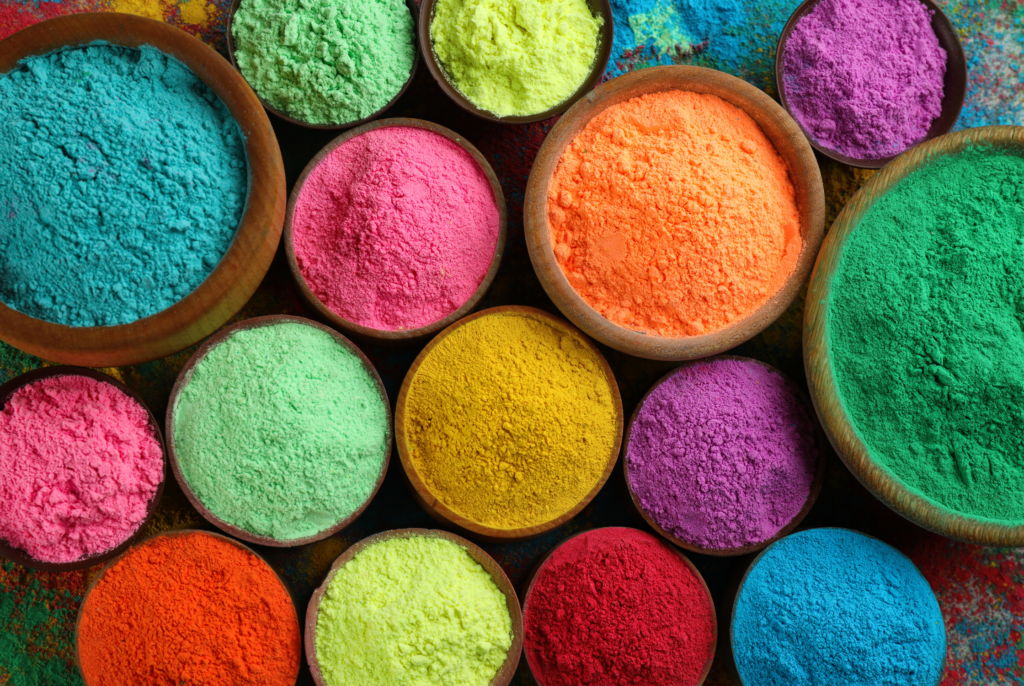
You’re certainly not alone if you’ve ever wondered about (or worried about) the effects of food dyes on your child’s behavior. Food dyes are a common ingredient in many popular snacks and drinks in North America. Even foods that we don’t typically consider “processed,” like yogurt and cheese, can also contain artificial food dyes. These food-grade colors are added to enhance or brighten the natural color of a food, to render it more appealing, palatable or eye-catching. Is this a cause for concern?
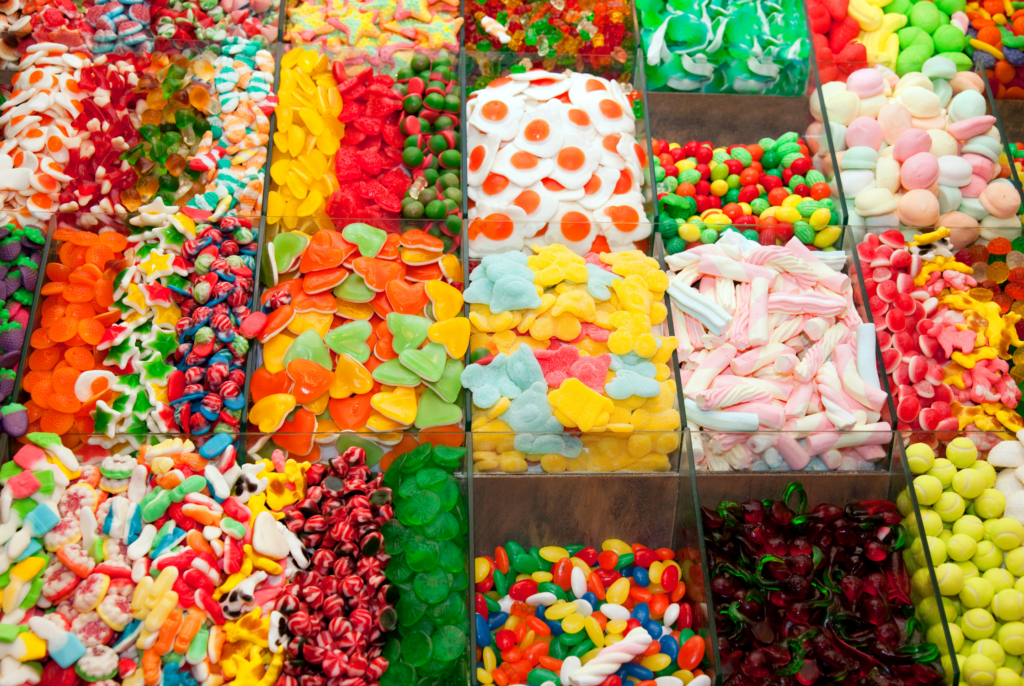
Artificial food dyes have sparked controversial discussions in the health and wellness world. Concerned parents, caregivers, experts, and scientists have started asking questions about their overall safety, particularly concerning children. Is the colorful world of artificial food dyes somehow linked to the behavioral swings we observe in our children? What about kids who have been diagnosed with ADHD? And can artificial food dyes lead to health problems like allergies, asthma, or even cancer?
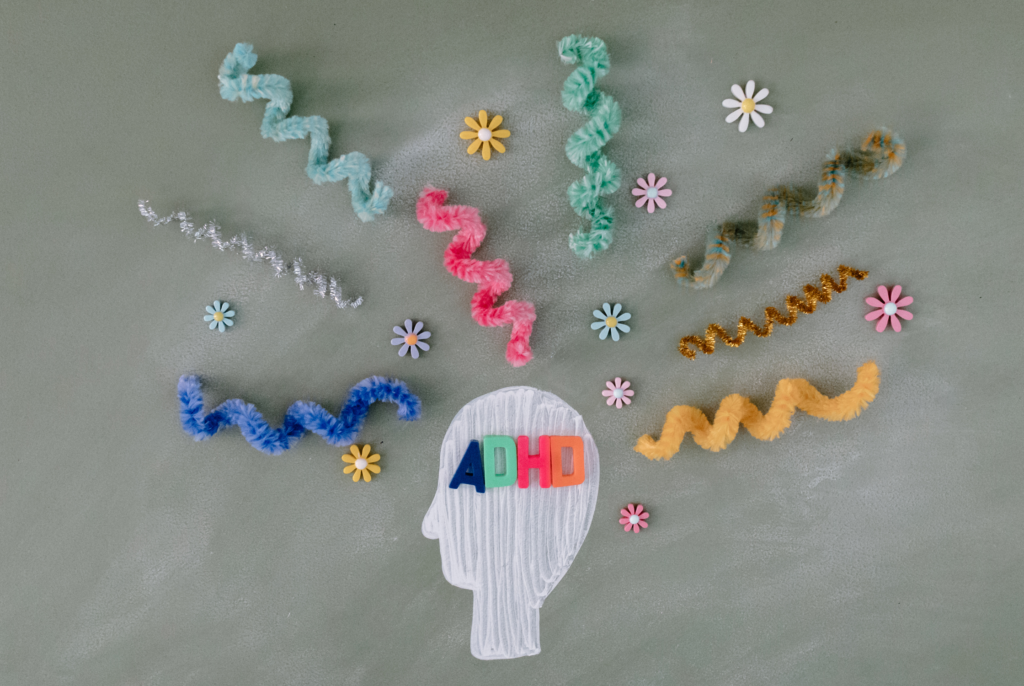
As a registered dietitian and a mom of three, I’ve taken a deep dive into the most up-to-date science on food dyes and children and answer these important questions for you. After reviewing the evidence, I’ve compiled everything you need to know about food dyes and their impact on the health and behavior of children. So, get comfortable, grab a coffee or tea, and let’s dive in!
Table of contents:
- What are food dyes?
- The link between artificial food dyes and behavioral issues in children
- Food dyes and ADHD
- Lifestyle changes to improve behavioral issues in kids
- Government regulations on food color additives
- Recommended daily limit to food dyes per day?
- Food dyes and other adverse reactions
- Do food dyes cause cancer in kids
- All about titanium dioxide
- Foods that often have added food dyes
- Foods that don’t contain added food dyes
- Possible benefits of added food dyes
- Natural alternatives to artificial food dyes
What are food dyes?
Over the years, as food processing technology has become an integral part of the food industry, people have shown a strong preference for foods whose appearance and color align logically with their flavors. Think of this…. orange-flavored soda is expected to have a consistently vibrant orange color, while grape juice should exhibit a rich purple hue. Enter: Synthetic food dyes! These are what give vibrantly colored food products those eye-popping (and mouth-watering) colors. Although natural food dyes are also present in colorful foods (which I’ll discuss later), they often don’t impart the same potent, long-lasting color at a comparable price point.
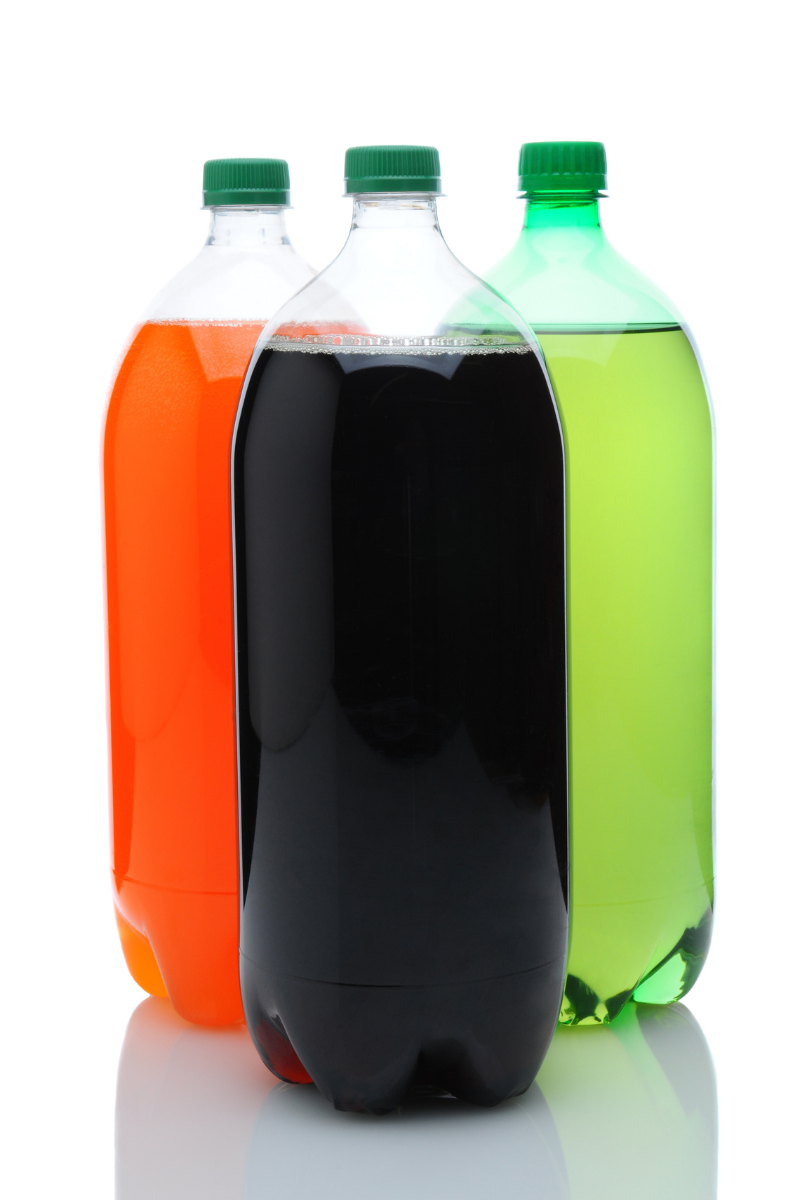
Artificial food dyes are derived from petroleum or crude oil. Yes, it might sound surprising (and slightly concerning), but food dyes do come from crude oil. Now, before you say, “OMG. NEVER. AGAIN,” hear me out… The final synthetic food dye products undergo rigorous testing to ensure that no traces of the original petroleum are left behind and the food dye undergoes stringent regulatory testing before being incorporated into any food product, as discussed in the government regulation section below.
Here is a list of the most common artificial food dyes (also known as certified color additives) that Canada and the United States have approved for use in food:
| Color | Food Color Name in the US | Food Color Name in Canada | Foods Approved to Contain Color Additive |
| Greenish- Blue | FD&C Blue No. 1 | Brilliant Blue FCF | Confections, beverages, cereals, frozen dairy, popsicles, frostings |
| Royal Blue | FD&C Blue No. 2 | Indigotine | Baked goods, cereals, snacks, ice-cream, confections, yogurt |
| Sea Green | FD&C Green No. 3 | Fast Green FCF | Cereal, ice-cream, sherbet, drink mix, baked goods |
| Cherry-Red | FD&C Red No. 3 | Erythrosine | Confections, beverages, ice cream cones, frozen dairy desserts, popsicles, frostings |
| Dark Red | FD&C Red No. 40* | Allura Red | Cereal, beverages, gelatins, puddings, dairy products, confections |
| Lemon-Yellow | FD&C Yellow No. 5* | Tartrazine | Confections, cereals, snack foods, beverages, condiments, baked goods, yogurts |
| Orange-Yellow | FD&C Yellow No. 6* | Sunset Yellow FCF | Cereals, snack foods, baked goods, gelatins, beverages, dessert powders, crackers, and sauces |
| White | Titanium Dioxide | Titanium Dioxide | Confections, coffee creamers, baked goods, ice-cream, cheese, milk, and sauces |
As you can see, it’s fairly easy for kids to be exposed to synthetic food dyes with the foods that they eat (and that we buy and prepare for them). Want to know the most common ways kids are exposed to food dyes? Research shows that flavored beverages (i.e. drink mixes, sodas, and juices), confections (fruit-flavored candies), and snacks (fruit-flavored snacks) are the top three. Out of all the artificial food dyes, Red No. 40 (Allura Red), Yellow No. 5 (Tartrazine), and Yellow No. 6 (Sunset Yellow) are currently contributing the highest exposure in children’s diets.
The link between artificial food dyes and behavioral issues in children
Research does show a general (but vague) connection between artificial food dyes and adverse behavioral outcomes in children. Overall, kids with or without preexisting behavioral disorders may have adverse behavioral reactions to food dyes if they are genetically susceptible. BUT, as with many areas of nutritional science, more research is needed to understand why some kids are susceptible to adverse effects from food dyes, while others are unaffected.
Researchers have explored this link by either exposing children to foods containing artificial food dyes or observing the impact of eliminating the food dyes from a child’s diet. The results showed that while some children showed more signs of behavioral issues, such as hyperactivity, with a higher intake of food dyes, other children were completely unaffected. This demonstrates that, first, more research is needed, and that second, there are more factors at play (such as genetics).

Food dyes and childhood attention deficit hyperactivity disorder (ADHD)
Many studies on this topic evaluate combinations of various food dyes (more than just one), which makes it hard to identify WHICH food dye may be responsible for adverse behavioral outcomes. But if you look at it another way, these studies might more accurately reflect children’s real-world exposure, as kids often consume a mix of food dyes.
Nevertheless, there are a handful of studies focused on examining the effects of Yellow No. 5 (Tartrazine) alone on children’s behavior, which provide evidence that, when administered at a sufficiently high dose, it may be linked to ADHD-like behaviors in genetically susceptible children. These findings also suggest that the FDA’s Acceptable Daily Intake (ADIs) levels for this dye may require updating to better safeguard children who react to this particular food dye.
Studies conducted on rats and mice offer evidence that artificial food dyes, including Red No.3, Red No. 40, Yellow No.5, and Yellow No.6, may lead to temporary cognitive and behavioral effects such as changes in activity level (eg. restlessness), impacted memory, and struggles with learning. This news is understandably concerning for parents, as even a slight increase in restlessness, inattention, and anxiety can significantly impact a child’s quality of life and learning (not to mention stress for the parent!).
At the same time, it’s worth noting that results from animal studies can’t be directly applied to humans. Numerous differences between rodents and humans pose limitations on extrapolating study findings. There are clear biological distinctions, variations in metabolism, differences in behavioral responses, differing environmental influences, etc.
My dietitian mom take-away:
Artificial food dyes consumed on occasion, and in small amounts, pose little risk for behavioral problems in most children. In fact, completely restricting all foods with artificial dyes from a child’s diet might unintentionally affect their relationship with food, increasing the risk of disordered eating (and behavioral issues). That being said, it’s crucial to trust your parental instincts. If you observe a significant change in your child’s behavior after they consume colorful icing on a cupcake or drink colorful fruit punch, it might indicate a reaction to food color. In this case, it may be warranted to make changes or find alternatives to these foods to prevent adverse reactions and protect their quality of life at home and school.
Lifestyle changes to improve behavioral issues in kids
If you consistently notice that your child’s behavior, memory or concentration level is significantly impacted by artificial food dyes, it would make total sense to limit, cut down or avoid these foods for a period of time to see if this makes a difference. Before you do though, consider this: Food dyes may be a piece of the puzzle when it comes to your child’s behavioral issues, but may not explain the whole story. Here are some impactful lifestyle changes that can help address behavioral issues in children:

Improved sleep hygiene:
Maintain a bedtime schedule and routine to help your child prepare for sleep time. Limit screen time before bed, and ensure the room is dark with comfortable bedding.
Offering meals and snacks every 2-3h throughout the day:
Kids require regular opportunities to fill their tummies in order to prevent dipping into that “hangry” stage of hunger. Regulating blood sugar levels will help promote steady energy levels and improved mood/concentration.
Regular planned physical activity:
Children older than 5 years old should be getting at least 60 minutes of body movement each day if possible. Getting enough movement improves mental health, mood and overall wellbeing.
Re-evaluate daily screen time:
Establish a consistent limit on screen time that does not interfere with your child’s ability to get adequate amounts of both sleep and physical activity.
Balancing discipline with love and support:
Psychology Today has a great article that reviews common questions about parenting a child with ADHD
Nutrition supplements to consider if your child has ADHD:
More research is needed in this area, but there is some evidence to show that if your child is deficient in (one or more of) zinc, iron, magnesium, omega 3s, or vitamin D, then supplementation may help reduce the severity of their symptoms.
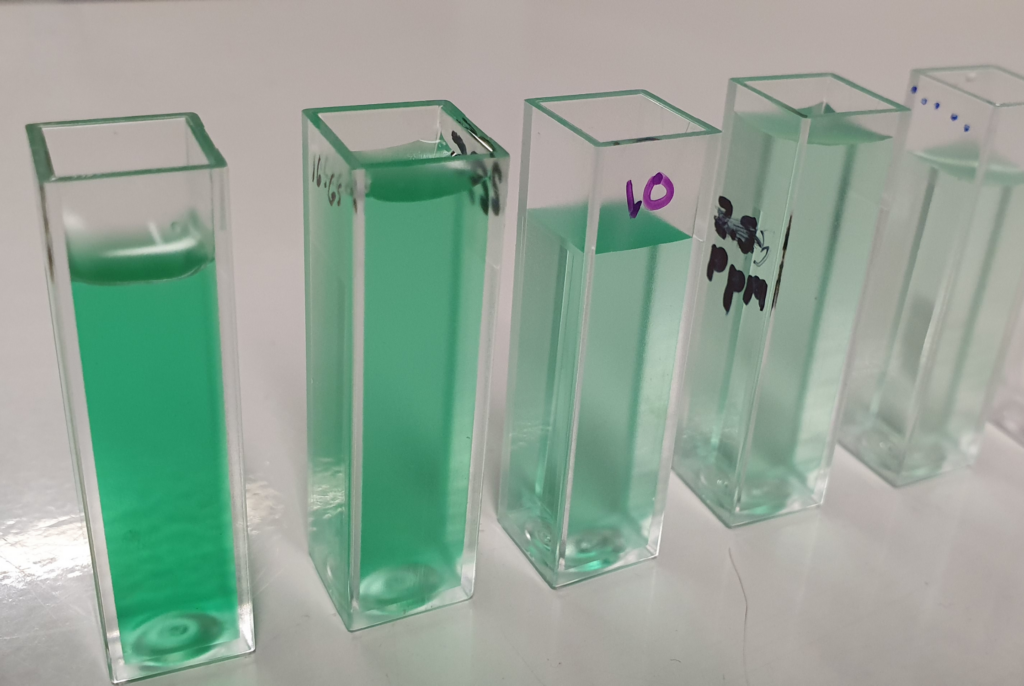
Government regulations on food color additives
Canadian and US government regulatory bodies carefully evaluate all food additives, including food colors, before allowing them to be used in food. Scientists from Health Canada ensure that food coloring agents meet specific quality standards and are safe to consume under the proposed conditions of use. Similarly, the Food and Drug Administration (FDA) batch tests a sample of each food color additive to ensure that each new batch meets all health and safety specifications for use in food.
How can you tell if there are color additives in a food product?
Both Health Canada and the FDA require that all ingredients, including food color additives, are listed on the label. The name of any certified color additive must be clearly listed so that consumers can determine which food colors have been added to the product.
How much food color is safe for my child to consume?
The safe amount of each specific food color is based on the regulations developed by your government’s regulatory agency. The FDA in the United States determines Acceptable Daily Intake (ADI) levels for each food color, indicating levels that are safe for daily consumption over a lifetime. The ADI helps inform the amount of food dye that can be added to a food product. Regulatory bodies, such as the FDA and Health Canada rely on a variety of scientific studies and data to determine these limits with the ultimate goal of protecting public health.
Unfortunately, the accuracy of these ADI levels is controversial, with some groups believe that they should be updated based on more recent research. Like many nutritional questions out there, the query of food coloring and its long-term effects on human health still requires more robust, high-quality research (which I touch on under “more research is needed”).
The levels of artificial food dyes that appear in food products are tightly regulated, and based on current research, however, it’s 100% up to you and your family as to whether or not you purchase these products – as mentioned above, use your best judgment as a parent.
My dietitian mom take-away:
Again, follow your gut as a parent. Offering your child foods that contain synthetic food dyes once in a while–whether it be for a celebration like a birthday party or as just a fun way to add variety to school lunch–can be a great way to practice food neutrality with your kids, and teach them that all foods can fit and that there are no “good” or “bad” foods per se. Knowing that there are strict government regulations around safe amounts of food dyes in our food products will hopefully give you the peace of mind knowing that these foods are likely safe. But again, if you do notice a significant change in your child’s behavior after consuming these foods, consider cutting back or avoiding them to see if things improve.
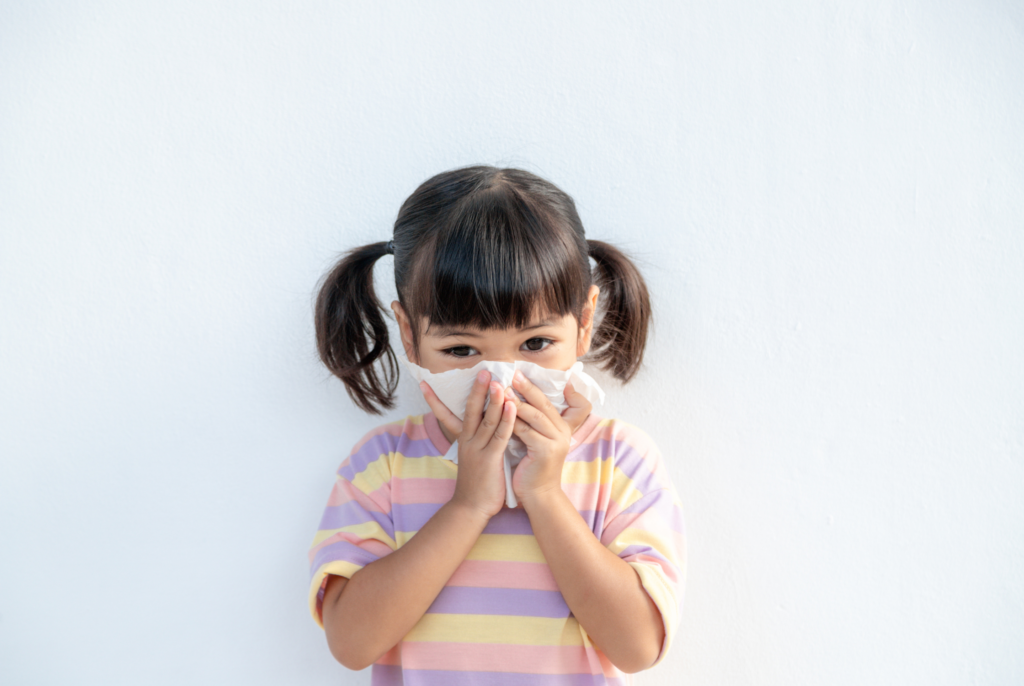
Food dyes and other adverse reactions
There is a lot of hype around food dyes and how they impact behavior in children, but what about how they impact other areas of our health? How these health implications show up in each individual (if they show up at all) varies to a large degree, and more research is needed to establish definitive links to artificial food dyes. With that said, here are some possible side effects of consuming artificial food dyes:
Attention issues: As mentioned above.
Allergic reactions: Food dyes (both artificial and natural) may cause allergic reactions in sensitive people such as hives, swelling and skin reactions
Migraine headaches– while more high-quality research is needed in this area, food dyes may have a possible link to migraine headaches.
Asthma and respiratory symptoms– although rare, artificial food coloring such as tartrazine may trigger an asthma attack in someone who has been diagnosed with asthma
Gut health disturbances -There is evidence to suggest to that some artificial food colors may trigger inflammation in the intestinal lining of both humans and animals
Do food dyes cause cancer in kids?
This is definitely one of the most controversial questions when it comes to artificial food dyes and kids. The answer is not straight forward, however what I can say that there is no research to definitively show that food dyes cause cancer in children. The reason for this is that all long-term studies that evaluate food dye consumption and cancer risk are animal studies, and therefore cannot be accurately applied to humans. On a positive note, the animal studies that look at the most common food dyes consumed by children show no evidence of cancer-causing effects.
But wait a minute doesn’t red food dye cause cancer? Red No. 3 (Erythrosine) is the most controversial food dye since two studies found that this food dye was associated with the development of thyroid tumors in male rats. This food dye was banned, but then later allowed back into the food supply as it was determined that the food dye did not directly cause the development of the tumors. Nevertheless, Red No.3 has been mostly replaced by Red No. 40 in most food products, but is still found in some candies and treats.
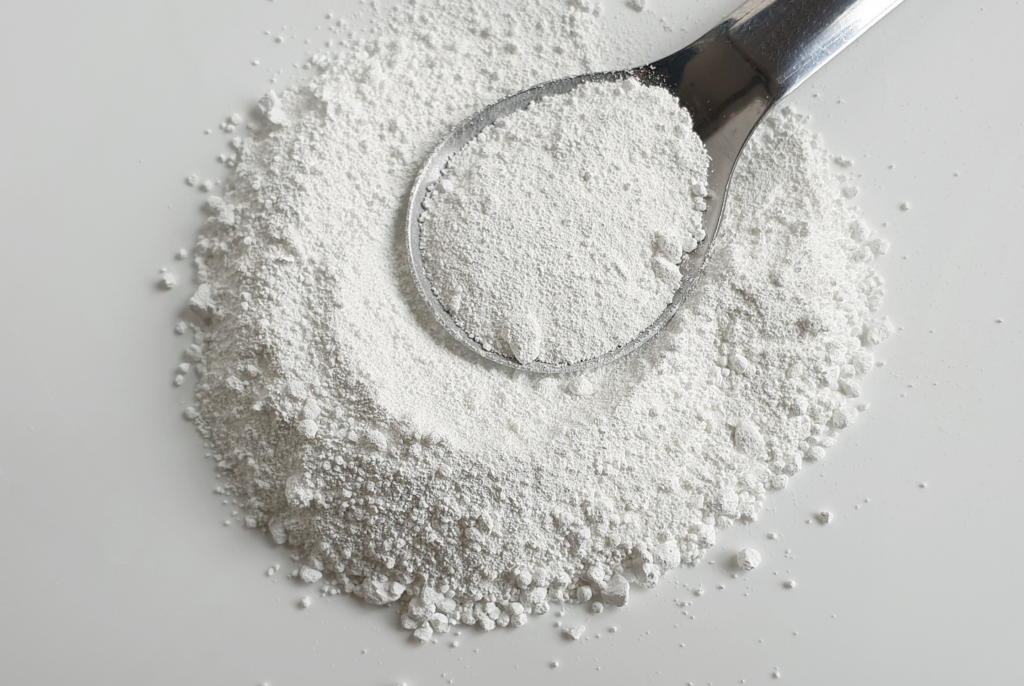
What about titanium dioxide?
Over the last decade, there’s been more buzz around titanium dioxide (TD) and its health potential implications. TD is a white powder that ranks among the top five nanoparticles widely used in various industries, including the food industry!
The safety of these nanoparticles, especially in recent years, has become a subject of controversy. While research indicates that the amount and type of titanium dioxide found in food may not immediately raise concerns for human health, there may be some gaps and holes in these research which makes it tricky to establish an acceptable daily intake level.
Titanium dioxide nanoparticles are present in a variety of foods, including baked goods, creamers, sauces, cheeses, and ice cream. Notably higher levels are found in chewing gum and sweets. Kids might be consuming double or more of the amount of titanium dioxide per kilogram of body weight compared to adults in some cases.
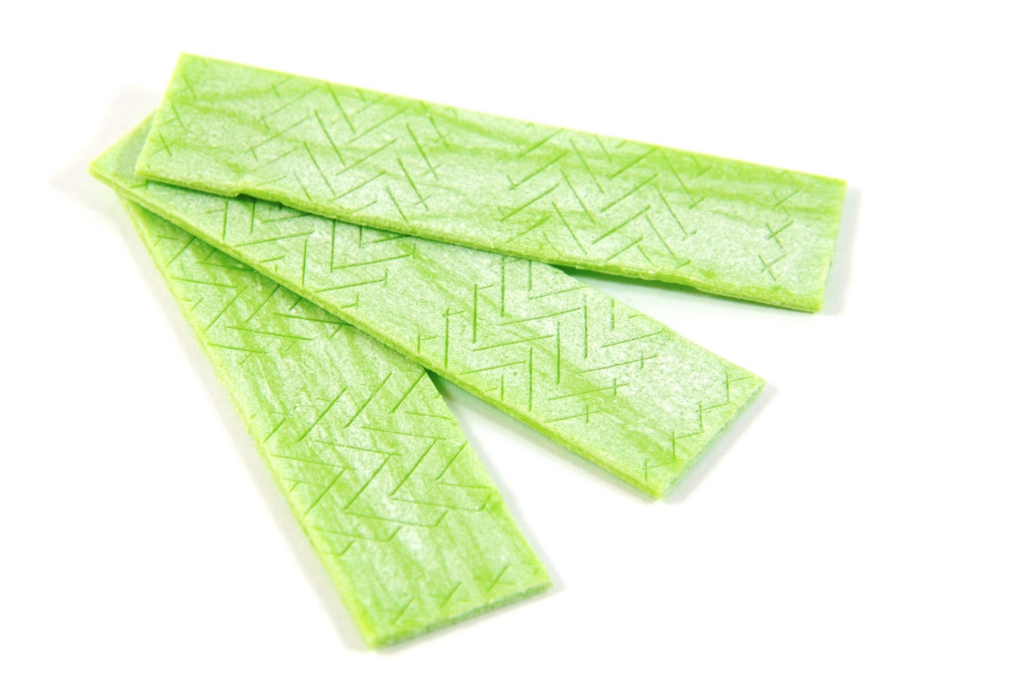
If titanium dioxide has the chance to enter the bloodstream, it can potentially accumulate in internal organs, leading to inflammation and harm to the liver, kidneys, intestinal tract, cardiac muscle, and lungs. Studies indicate that food-grade titanium dioxide is mostly excreted (in feces) rather than absorbed into the bloodstream. The nanoparticle size seems to play a role in this process. Even so, the European Union banned titanium dioxide as a food additive citing concerns (or lack of evidence against) potential genotoxicity (the ability for a substance to damage genetic material in cells leading to potentially harmful mutations). This doesn’t necessarily mean that it’s toxic or unsafe—it just means that we don’t have enough research to definitively know for sure.
There is an evident need for high-quality research to better understand what constitutes a safe level and particle size of titanium dioxide that will not cause toxic effects on the human system over time.
My dietitian mom take-away:
Until more conclusive evidence is available, it may be best to choose to limit your family’s exposure to products containing this ingredient and opt for alternatives (when possible). With that in mind, your child’s occasional exposure to this ingredient, such as through sweets at a birthday party or candy from Halloween, should not be overly restricted based on the information that we do have.
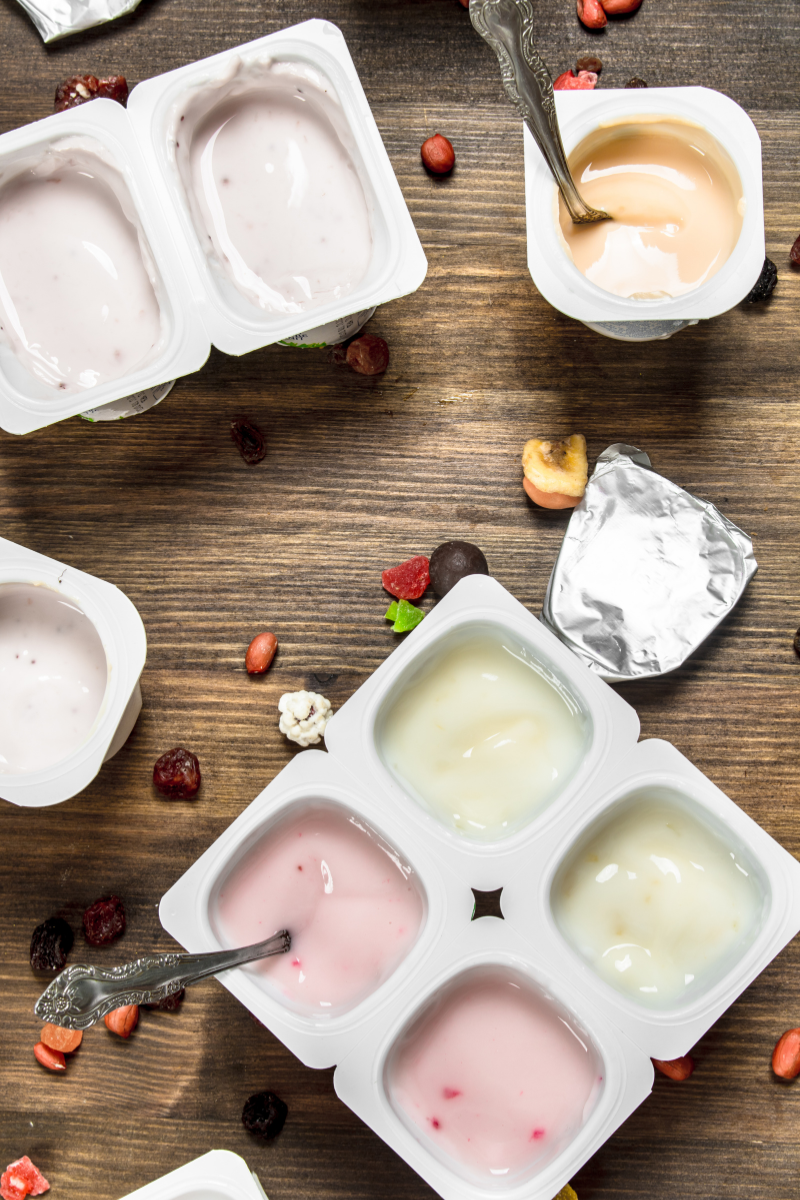
Foods that often have added food dyes
It is not surprising that the majority of foods with added food color are processed to a degree. Some of items on this list are highly processed, while others are minimally processed. As you go through this list, please keep in mind that the presence of added food color doesn’t automatically make a food “bad” or “toxic”. With the goal of keeping diet culture out of your home, view this list from a food neutral perspective, recognizing that all foods have different role and purposes in our lives:
- Beverages
- Candies and sweets
- Baked goods
- Desserts and ice-cream
- Breakfast cereals and bars
- Snack foods
- Condiments and sauces
- Processed meats
- Flavored yogurt and milk
Foods that typically don’t contain added food dyes
Foods that are unprocessed or lightly processes typically don’t contain added artificial food colors. Here is a general (non-exhaustive) list:
- Fresh/frozen fruits
- Fresh/frozen vegetables
- Wholegrains
- Unprocessed meat
- Fish/ shellfish
- Beans and lentils
- Plain yogurt and milk
- Cheese (natural color)
- Nuts and seeds
- Herbs and spices
- Eggs
- Pasta and rice
- Whole grain and sour dough breads
- Oils and vinegars
Possible benefits of added food dyes
As we know, eating is more than just nutrition and taste. Foods can be enjoyed through all other sensory aspects of the human experience including what you smell, hear, feel and last but certainly not least, what you see! This is why food colors are added to the food supply, to appeal to the sensory experience of the consumer, ultimately benefiting their eating experience. Here are some possible benefits we may experience from the use of added food dyes:
- Visual appeal: Food dyes help to enhancing the color of a food, making it look more appetizing and ultimately adds to how we experience its flavor.
- Masks natural variations in color: Food dyes can help food products appear more uniform and consistent in color, improving its appeal to consumers at the grocery store.
- Bright and fun food decorations: Food colors found in icing and sprinkles or other confections allow a wide range of colorful creativity when decorating our favorite baked goods like cake, cupcakes, and cookies! It is a big part of the fun and excitement that comes with baking and eating delicious homemade treats.
- Helps the brain identify flavors in food: food color helps people identify and differentiate between various food products. It can help a person more easily discern between different flavors and brands of food, contributing to a better shopping and dining experience.
Natural Alternatives to Artificial Food Dyes
Food companies have been starting to use natural food colors to replace artificial food dyes. These food dyes are derived from plants, fruits, vegetable, and mineral sources. Here are some common naturally occurring food colors that are approved for use in North America:
- Fruits and vegetables: Beetroot (for red/pink), spinach (green), blueberries (blue or purple), red cabbage (blue or purple), carrots (orange or purple).
- Spices: Paprika, saffron and cayenne pepper all impart an orange-red color and turmeric is used for bright yellow color.
- Extracts: annatto is extracted from annatto seed to give a yellow-orange color. Beta-carotene imparts an orange color and is extracted from carrots and other orange vegetables.
- Algae: Spirulina is derived from blue-green algae and is used for food coloring.
- Herbs: Parsley and dill can be used to impart a green color.
- Caramel: when sugar is heated up it makes a deep golden or brown caramel color.
Even though these food additives are natural color alternatives, they can still induce reactions (such as allergies or sensitives) in some people. Just like artificial food colors, natural food coloring must also be explicitly named for straightforward identification on the food label.
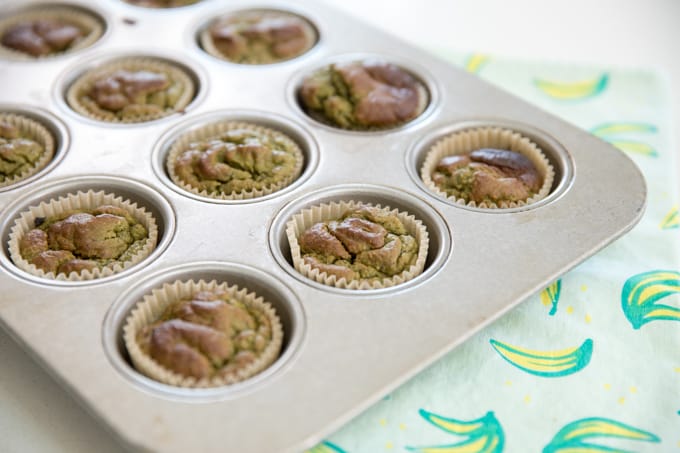
It is also possible to add fun colors to smoothies, baked goods, and other foods at home mixing in the puree of vividly colored fruits and vegetables. For example, try mashing blueberries into pancake batter for a purple color, or puree spinach into muffin batter to make green monster muffins that your kids will love!
The Bottom Line
There is an obvious need for more robust research on artificial food dyes and how they affect the health and behavior of kids. If we are able to do more studies looking at diverse populations, we can really get to the bottom of how and what food dyes might be doing to our health in the long run. It’s not just about finding out if they’re safe or not, but also understanding how they might affect each person (and child!) differently. Plus, with more research, it could even lead to updates in the rules and regulations about using artificial food dyes in our food.
References:
- Potential impacts of synthetic food dyes on activity and attention in children: a review of the human and animal evidence – PMC (nih.gov)
- Artificial Food Colors and Attention-Deficit/Hyperactivity Symptoms: Conclusions to Dye for – ScienceDirect
- Mechanisms of behavioral, atopic, and other reactions to artificial food colors in children | Nutrition Reviews | Oxford Academic (oup.com)
- New report shows artificial food coloring causes hyperactivity in some kids – UC Berkeley Public Health
- Levels of FD&C certified food dyes in foods commonly consumed by children – ScienceDirect
- Color Additive Laws, Regulations, and Guidance | FDA
- Dietary Exposure to United States Food and Drug Administration-Approved Synthetic Food Colors in Children, Pregnant Women, and Women of Childbearing Age Living in the United States – PMC (nih.gov)
- Dyes_Fact_sheet_School_Foods_3.8.2021.pdf (cspinet.org)
- Artificial Food Dyes & Behavior – Smart Kids (smartkidswithld.org)
- Artificial colorings (synthetic food dyes) | Center for Science in the Public Interest (cspinet.org)
- European Union: Titanium Dioxide Banned as a Food Additive in the EU | USDA Foreign Agricultural Service
- Effects of Titanium Dioxide Nanoparticles Exposure on Human Health—a Review | Biological Trace Element Research (springer.com)
- Critical review of the safety assessment of titanium dioxide additives in food | Journal of Nanobiotechnology | Full Text (biomedcentral.com)
- IJERPH | Free Full-Text | Titanium Dioxide: Structure, Impact, and Toxicity (mdpi.com)

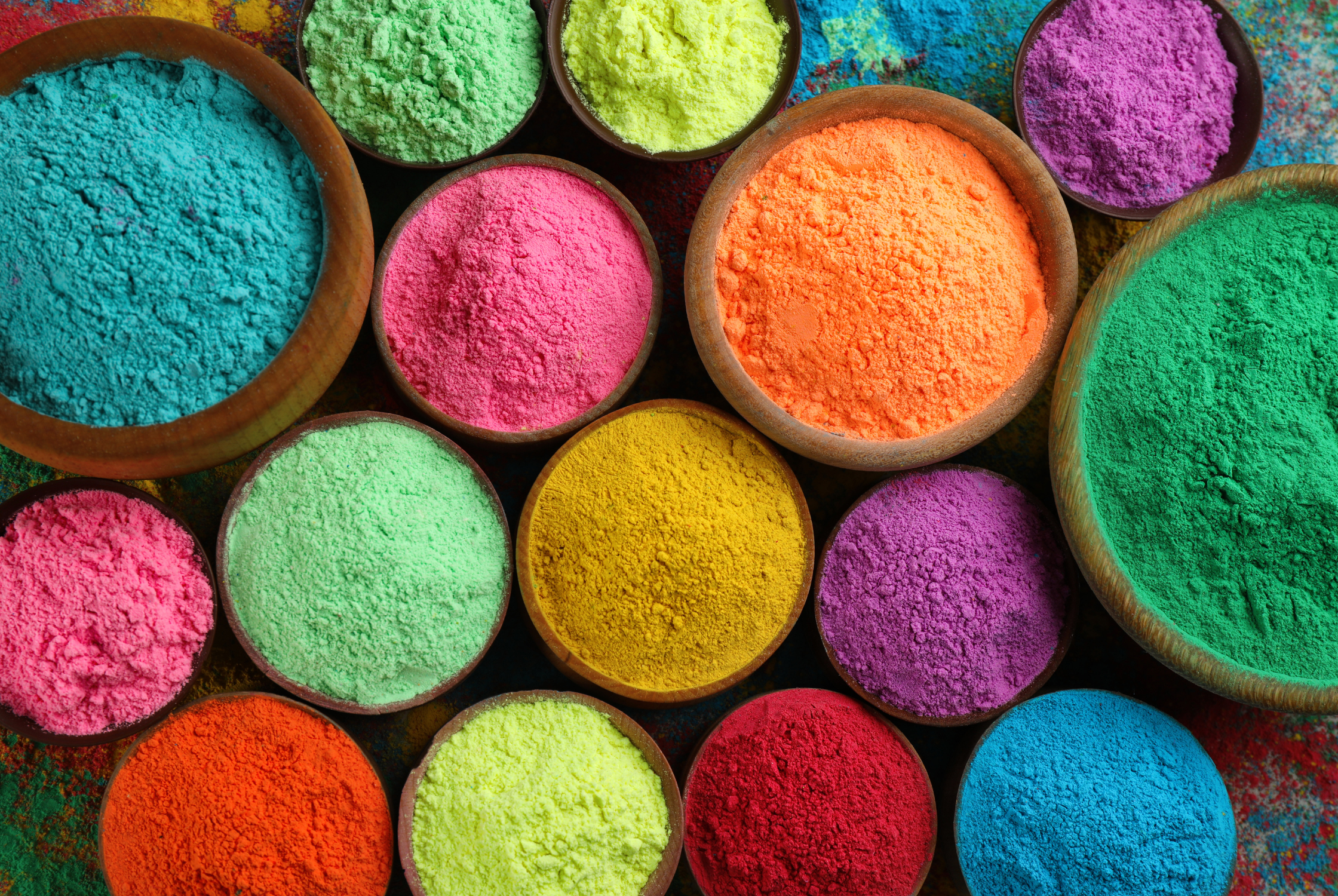



More Stories
The One Thing You Should Never, Ever Do if You Have Insulin Resistance and Want to Lose Weight
Tuna Salad Lunch Box – JSHealth
Advanced Wellness Course – Heart Health